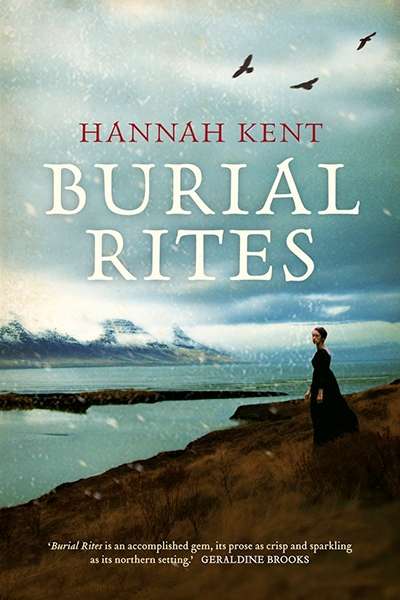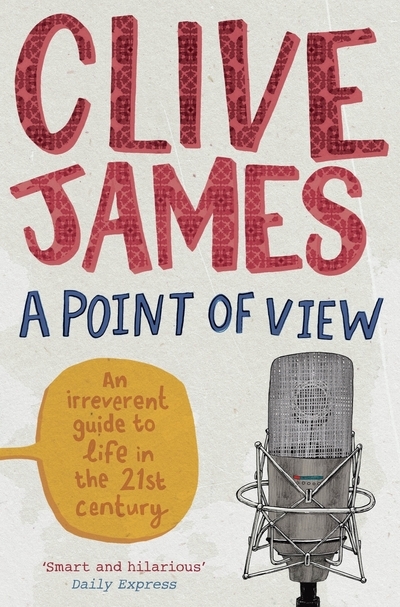Picador
Singing for All He’s Worth: Essays in Honour of Jacob G. Rosenberg by Alex Skovron, Raimond Gaita, and Alex Miller
by Andrea Goldsmith •
The Bridge: The life and rise of Barack Obama by David Remnick
by Bruce Grant •
Bill Henson: Photographs by Bill Henson, introduction by David Malouf
by Helen Grace •
Arabesques: A tale of double lives by Robert Dessaix
by Chris Wallace-Crabbe •









